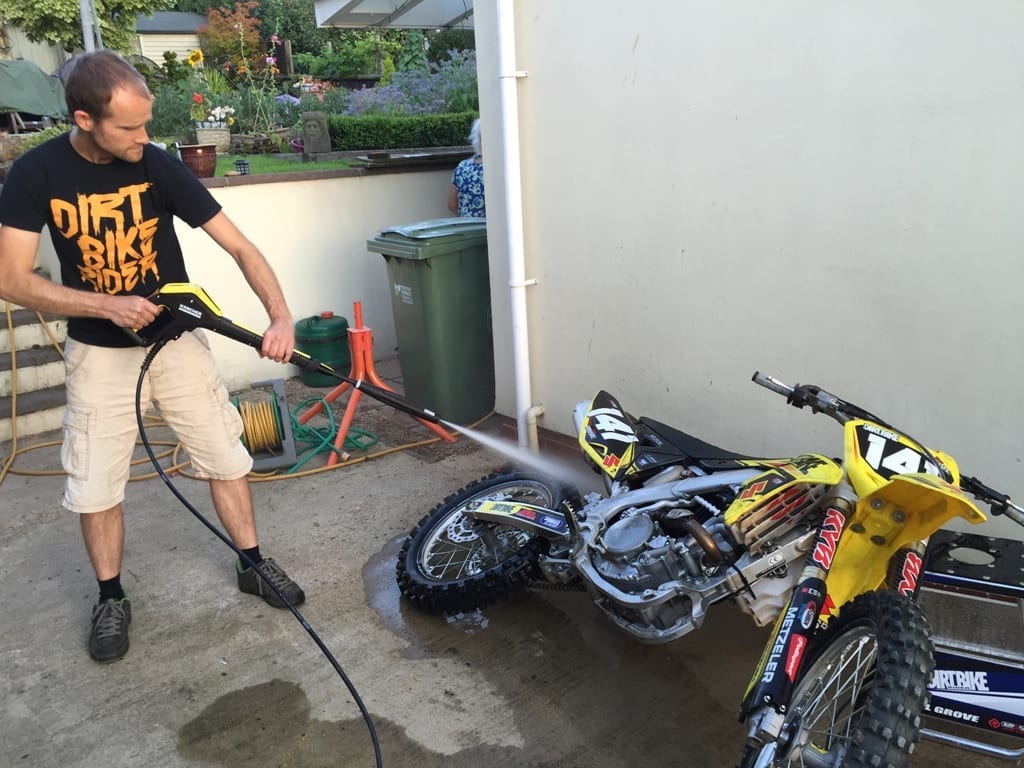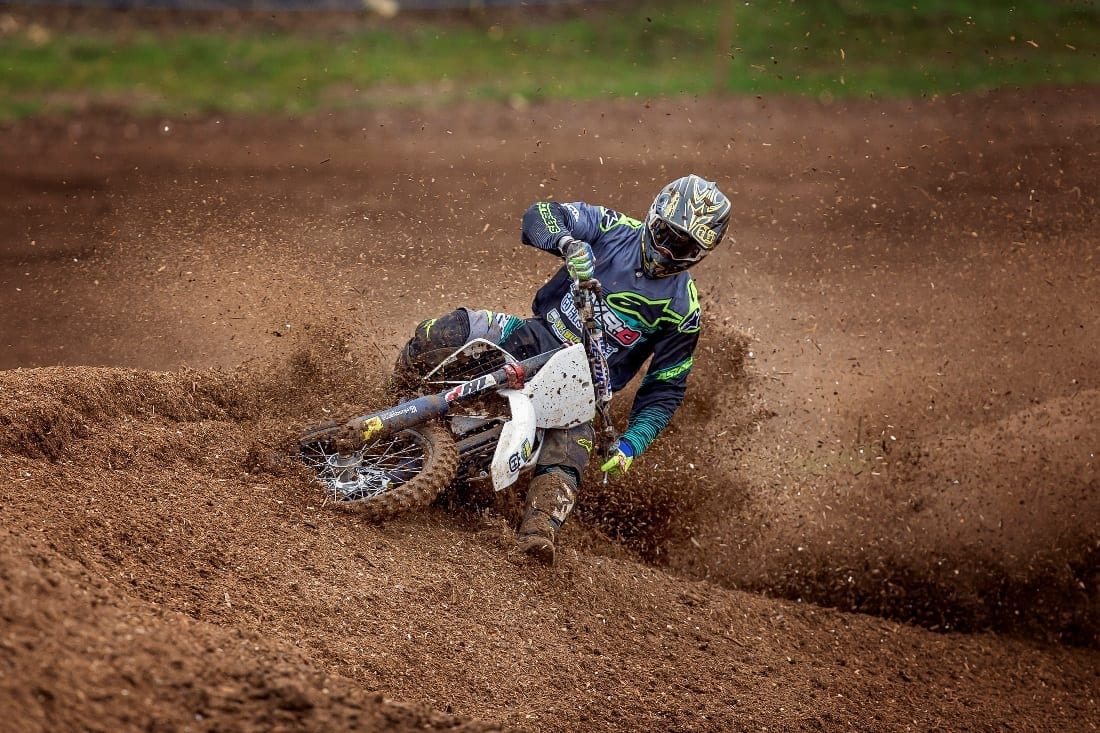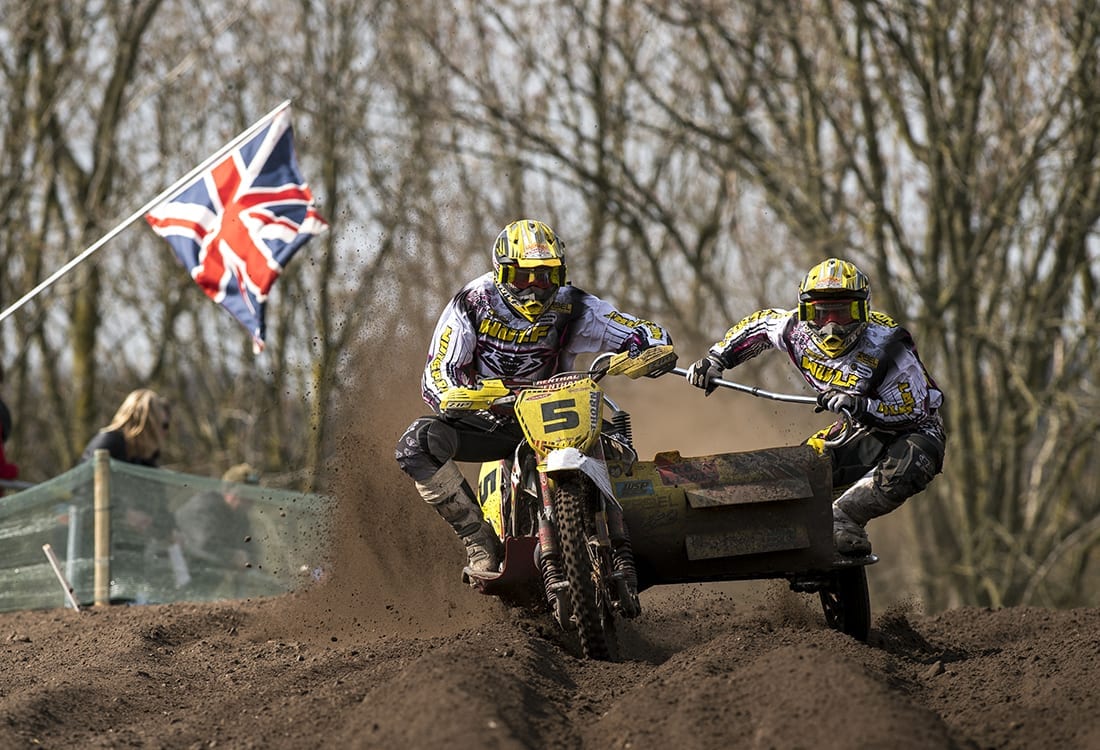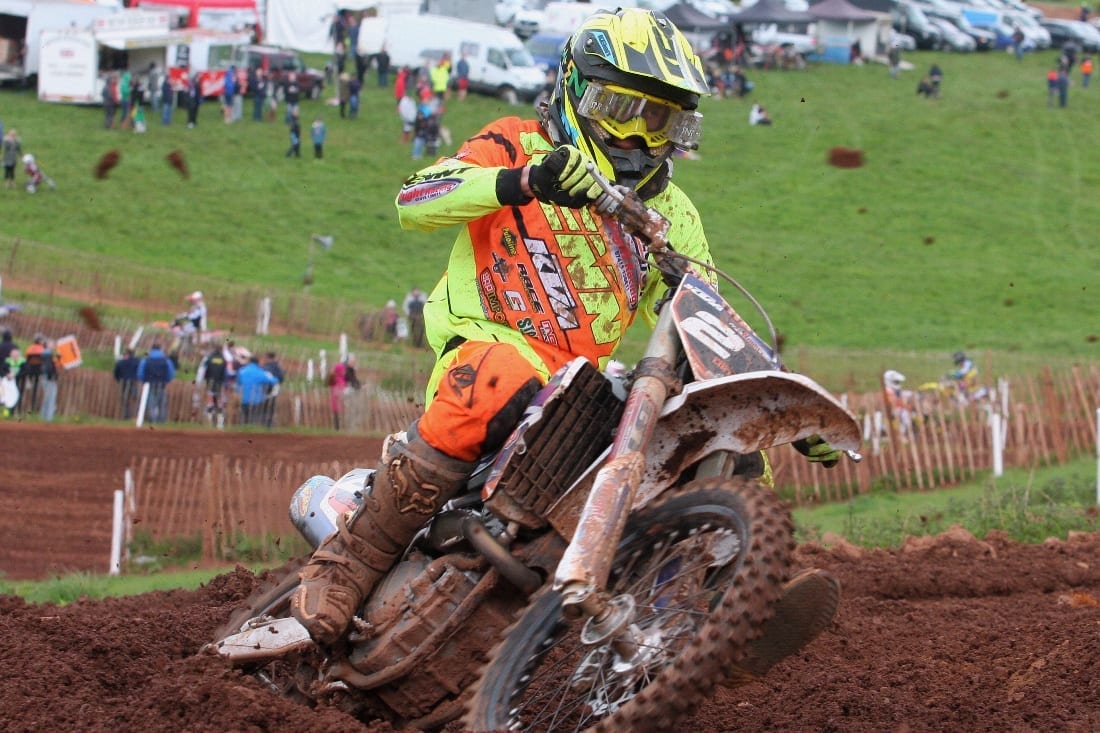Bike cleaning masterclass...
By Team TMX on 30th Nov 16

Get your bike looking good as new with our off-road bike cleaning master class
Step 1
Remove the seat, sump guard (if you have one) and air filter and then replace the filter with the wash cover.
Stick your bung in the exhaust as well at this point and reinstall the seat bolts and nip them up a little to stop the side panels flapping around when you start washing.
Step 2
If you've just raced a complete mudder you need to get busy with your mud scraper because if you try and wash off a few inches of mud with a pressure washer you'll be there for ages and make an even bigger mess.
If your bike is just ‘roosted' with no mud stuck to it but it's just dirty, lean the bike over so that the bottom triple clamp rests on the corner of your bike stand.
Step 3
Switch on your washer and get to work. As you can see the underside of the bike you'll get it much cleaner than if you washed it just on the stand. You can also clean the radiator louvres on the lower side of the bike without flattening the radiator fins as you're spraying across the plastic.
Spray your cleaner on the underside areas, the swingarm, engine, linkage, tyres, frame and fork feet.
While the cleaner is breaking down the dirt blast off your sump guard and your boots.
Spray cleaner on these then grab your brushes to agitate and lather up the cleaner on the bike. Once it's all soapy, rinse it off.
Step 4
Lift your bike up and lean it on its other side and repeat the first parts of Step 3.
While the cleaner is doing its magic – and before you use your brushes on the bikes opposite underside – agitate the dirt on your sump
guard and boots with your brush and then a
sponge so that you don't miss any dirt and then rinse off.
Agitate the dirt on the underside of the bike and rinse off your bike, sump guard and boots.
Step 5
Lift your bike up and place on the stand. Grab an old sock and rightly wrap it around the castle nut below the top triple clamp.
The sock helps to prevent water entering the steering bearings and for those that have ever replaced these bearings will no doubt be heading upstairs for an old sock that they can make use of.
A rag will do the same thing but a sock is generally the right size for the job.
Step 6
By now most of the dirt will be off of the bike except for areas on the tyres so start at one end of the bike and work your way all the way around, spraying off what's left of the mud with your pressure washer.
Spray the handlebars and controls from a distance or on a lower pressure setting so that water won't enter anywhere it shouldn't.
Once done, grab your bike wash and work your way around the bike again starting with the one of the wheels by spinning it up while spraying the tyre, rim, spokes and hub.
Continue to spray cleaner over the rest of the bike so that it's all got a coating of cleaner including inside the airbox.
Finish at the top of the bike and by this I mean the top of the mudguards, rad scoops and side panels, petrol tank and handlebars, so that as the cleaner drips down it won't dry out if you're washing the bike in warm weather.
If you start at the top of the bike then the cleaner could dry out which isn't ideal, as it needs a little time to break the dirt down.
Step 7
After a minute or so goes by, squirt some cleaner on a car washing sponge and get to work on cleaning all the plastics – the top side and underneath – then the fork legs, swingarm, handlebars and controls, spokes and rims.
Grab a brush to agitate the dirt on the tyres, brake discs, calipers, chain, sprockets and engine. Obviously with the engine the more of a variety of brushes you have the better so that no area is left untouched.
Using a scouring pad and a squirt of cleaner on your brake calipers and discs will bring them up really nice.
Step 8
After the bike is completely lathered up – although depending on your cleaner of choice it might not be all that lathery and how long it takes to get around the bike – it's time to rinse the whole bike off.
Start with the tyres as there's almost always mud left on them and then work from the top of the bike down so that none of the cleaner is missed and any mud is washed downwards and off the bike.
Step 9
Now that the bike is completely clean, spin the rear wheel up a fair few times as a load of water will be held up in the chain.
Remove your sock if you chose to use one and tap the bars against the steering lock a few times each side to shake some drips off, flick the footpegs and the gear lever tip and then carefully lean the bike over about 45 degrees on each side to remove any water from level areas on the bike such as the cylinder head and engine cases.
Leave the bike to dry off on its own for five minutes or so depending on the temperature and wind then grab a rag and start to dry the bike off. I always do the brake discs first followed by the rims, then the handlebars and controls and then around the engine.
By this time that rag is pretty damp so grab another and wipe over the plastics, swingarm, fork legs and airbox and then go over the areas that rag one worked on if those areas still show signs of moisture.
Put the rag on the top of the chain slider and carefully spin the wheel and the rag will absorb a lot of the moisture out of it.
Getting the chain as dry as possible is paramount if you don't like replacing it very often.
Step 10
There are a million-ish products out there for spraying on the bike after you've washed it.
Whatever you choose to use, avoid the grips, brake discs and your seat!
Use your penetrating oil on the chain by spinning the wheel up and give it a real good coating unless you are using an o-ring or x-ring chain in which case you need to dry the chain the best you can and then apply o-ring/x-ring safe chain lube.
I've been using Putoline's PPF 52 recently which protects all metal components from corrosion so this goes on the linkage and all over the engine and it also works really well when sprayed under the mudguards.
I then spray Putoline silicon spray on the top sides of the plastics and handlebars and lastly I wipe the side panels and rad scoops with a rag to take away the residue without losing too much of the shine which will prevent you from sliding around on your next ride.
Finally I spray Putoline 1001 on the frame and get busy with a scouring pad.
If you wear boots with a hinge the frame takes a beating so working in small circles here will bring your frame up real nice.
Also do the same on the gear lever, kickstart, rear brake master cylinder and the exhaust header and mid-pipe every other wash. This would also apply to two-strokes with bare metal front pipes.
Step 11
Replace the air filter with a fresh one, bolt the seat and sumpguard on and spray the guard with your after wash spray of choice and you're good to go and get it dirty again!


